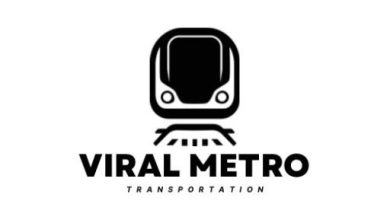In the heart of India’s Silicon Valley, where traffic jams are legendary and workdays are long, Namma Metro — the official name of Bangalore Metro — is transforming how the city moves. More than just a transport system, it’s a ray of hope for a city bursting at the seams with people, progress, and pressure.
Launched in 2011, Namma Metro is the first metro in southern India, and it has since grown into one of India’s most important urban transit networks.
🌆 Why Bangalore Needs a Metro
Bangalore is a fast-growing city — home to over 13 million people, global tech parks, and massive vehicle congestion. Roads are often choked, and public buses alone aren’t enough.
Enter Namma Metro, the game-changer that:
- 🕒 Cuts travel time
- 🚗 Reduces road traffic
- 🌱 Promotes green transport
- 🛣️ Connects key business and tech zones
📏 The Metro in Numbers
- 🔵 Green Line – From Nagasandra to Silk Institute
- 🟣 Purple Line – From Challaghatta to Whitefield
- 📏 Total Length: Over 70 kilometers and expanding fast
- 🚉 Total Stations: 60+, covering IT corridors, central markets, and growing suburbs
- 📈 Daily Ridership: Over 8 lakh passengers (800,000+)
💡 Tech-Savvy & Modern
As expected from India’s tech capital, Namma Metro includes:
- ✅ Smartcard ticketing and QR scanners
- 🆓 Free Wi-Fi at major stations
- 🔋 Energy-efficient trains
- 🧼 Clean and well-managed platforms
- 🔐 Security with CCTV, baggage scans, and staff assistance
The upcoming driverless train technology and full underground segments (in areas like MG Road and Cubbon Park) make Namma Metro a leader among Indian transit systems.

